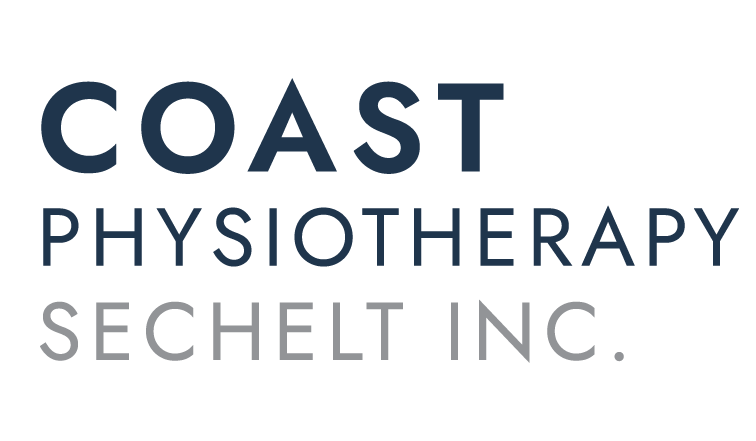Our last blog post introduced goal setting and how physio can help you create a roadmap to achieve your goals.
In this post, we will put some of that information together!
The most common goals for treatment we see on our intake forms is “pain relief”, followed closely by “return to usual activities”.
These are great goals, that’s why we made them check boxes on our intake form 🙂
But again, without investigating them further, having a goal of “pain relief” may become more of a roadblock than a roadmap.
So let’s start there and assume that you want to get rid of your shoulder pain.
Of course you do! But why?
Maybe the pain is impacting your sleep or you are having difficulty concentrating at work, maybe you have been avoiding your usual gym routine, or perhaps it is just very worrisome because your friend just had a rotator cuff surgery and you don’t want that!
The first step is determining what kind of pain you are experiencing and if there are any injured structures to blame.
If our assessment leads us to believe your pain is from injured or irritated structures, then we can come up with a timeline for healing and which treatment modalities will be most helpful. Treatment modalities will most likely include exercise therapy and strength training – which have many benefits other than just rebuilding strength and endurance! – as well as manual therapy, soft tissue release, IMS/dry needling, and therapeutic ultrasound.
From here we can work with you to create a plan for healing, reducing pain, and getting back to your usual activities.
If it is more difficult to identify the exact cause of your symptoms or you have been experiencing your symptoms for some time, it’s possible your pain can at least be partly described as central sensitization pain. Central sensitization is related to a number of medical diagnoses including fibromyalgia, traumatic neck pain, chronic fatigue syndrome, tension-type headache, migraine, TMJ disorders, chronic pelvic pain, low back pain, and even osteoarthritis and upper extremity tendinopathies.
Although this is a complex phenomenon that encompasses various dysfunctions within the central nervous system (the brain and spinal cord) – the best solutions are simple ones. And the focus really should be on the small steps and activities you can do and want to do.
Keep in mind that I didn’t say easy, I said simple! Simple should be straightforward – but that doesn’t mean the plan will be easy to accomplish!
For example, if that shoulder pain has been preventing you from attending yoga class, we can likely focus on an upper extremity rehabilitation plan that involves weekly physiotherapy sessions + a rehab program to complete 2-4 days per week that will allow you to progress back to yoga. Simple – but we all know that consistently doing our exercises 3-4x/week isn’t always easy!
How physio can help
Instead of taking your great plan home with you – we want to make sure you have enough support and the right tools to reach your goals.
Whether that’s seeing us for regular sessions, connecting with Charlene, our rehab assistant, for scheduled and supervised gym sessions, or making a plan to join another community activity – you are more likely to be consistent with support than on your own!
Additional homework:
The Pain Truth Program is a great resource for those with persistent pain.
One of the first steps of this program is setting activity goals! You can access the videos to learn more about creating a plan that works for you here: https://www.thepaintruth.org/s1/
Resources:
The Lancet Rheumatology: Central sensitization chronic pain conditions
JOSPT: Recognition and Treatment of Central Sensitization in Chronic Pain Patients
